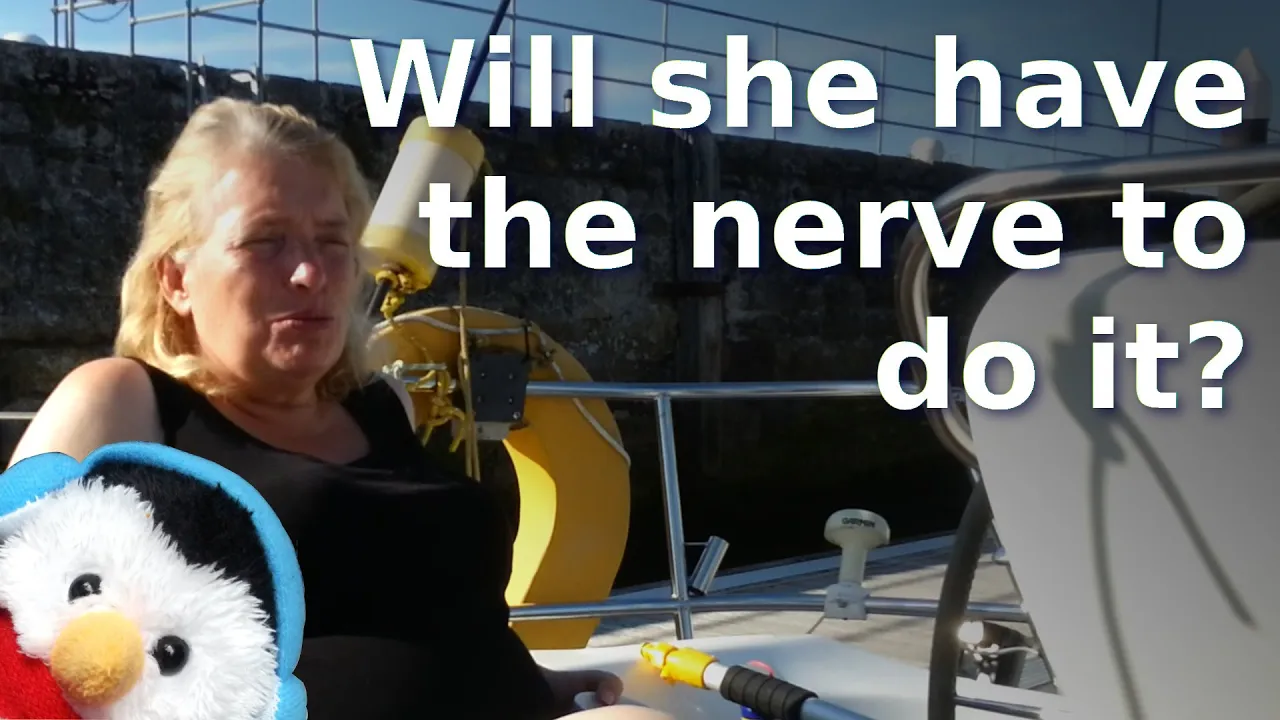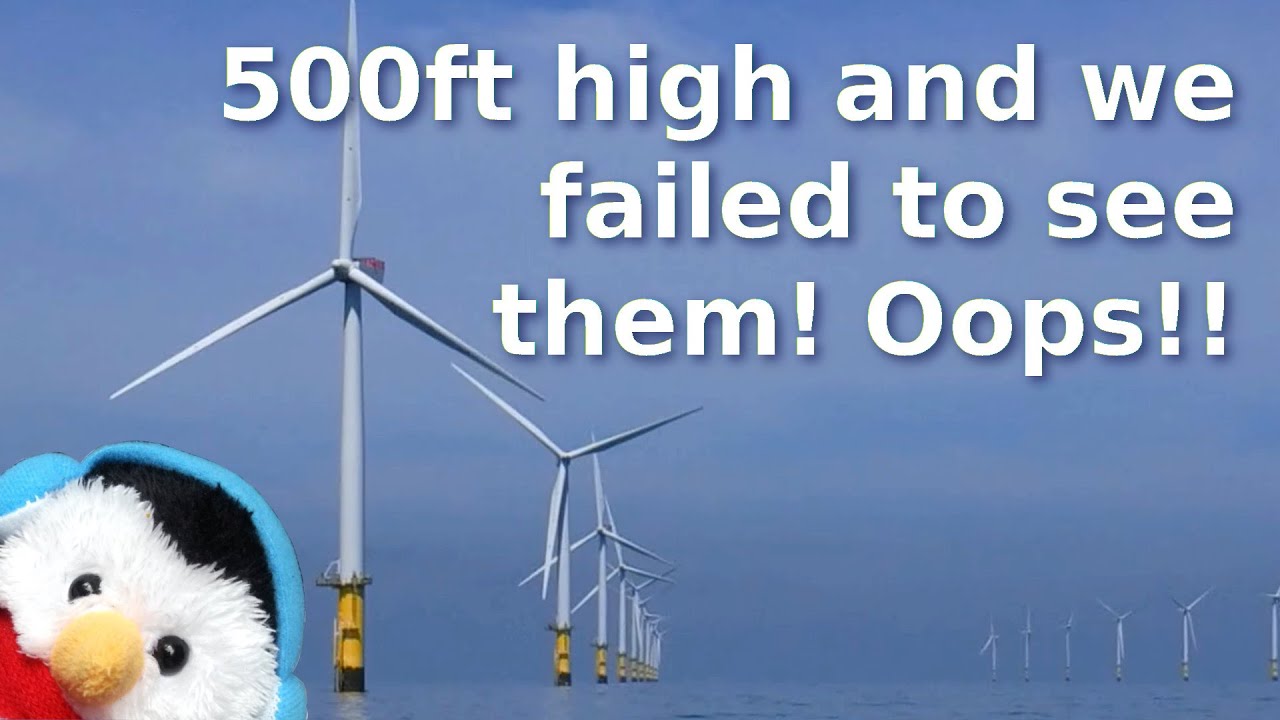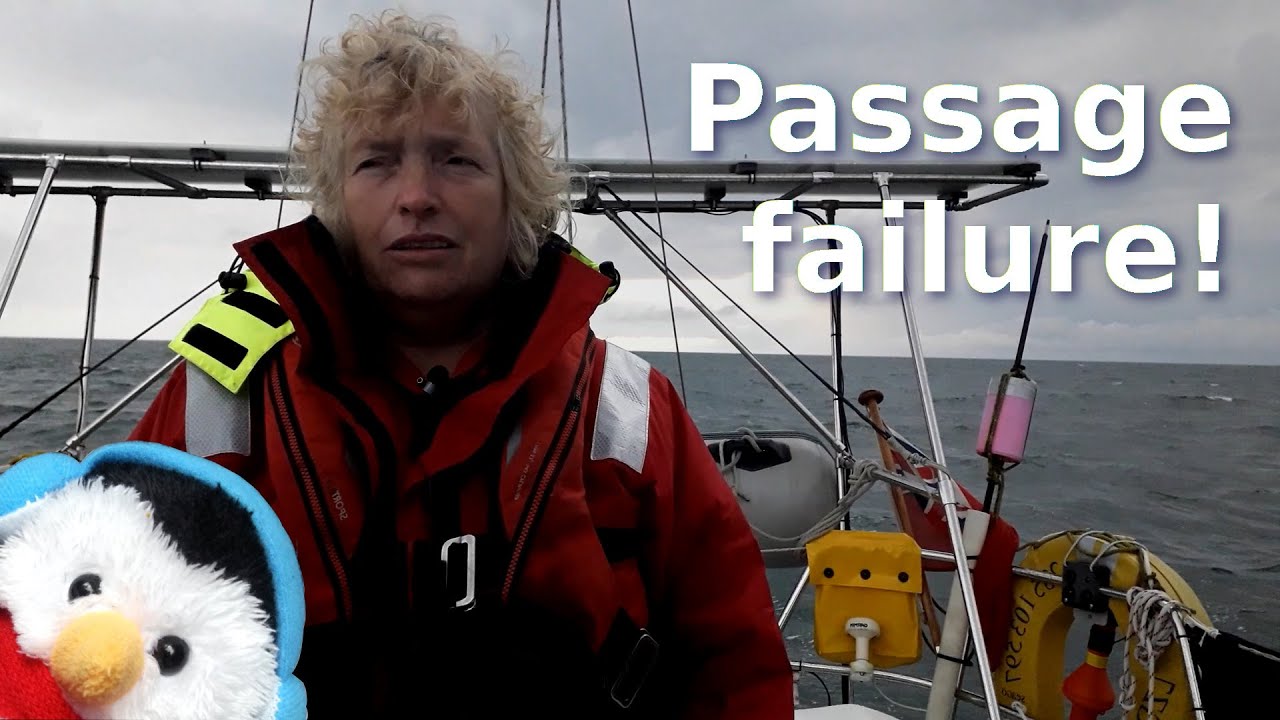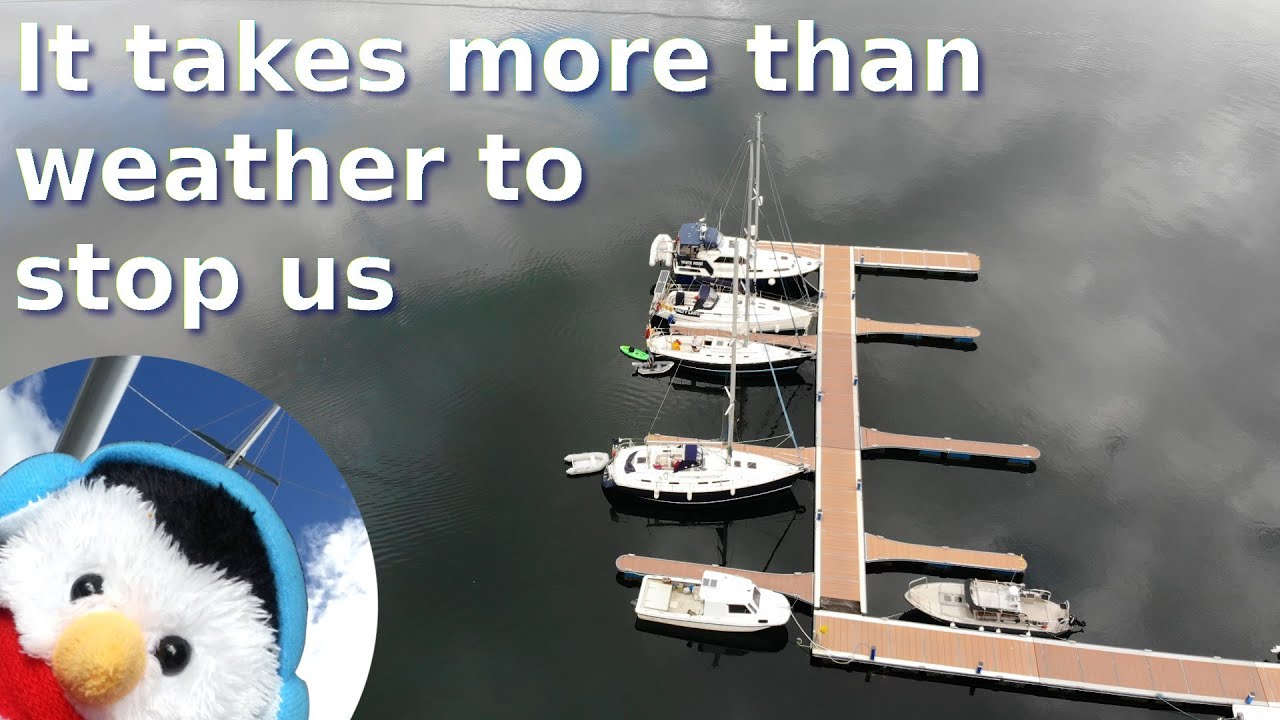After the yard, we stayed in Liverpool marina for one night as there was still lots to be done including adding sails and giving Salty Lass, the first of many cleans that were needed.
However, the first job that needed doing was for the sails to go on. The Genoa was a fairly straight forward job, just needing to be pulled up at the mast, but the main sail needs a lot more work as it has batons which we handle with nytral gloves because the tiny fibreglass strands get caught in our fingers. By the end of splash day, we had all the sails on. It is a hard job but I have to say we are getting quicker at it.
One other little jobs that we did was to remove all the tape off one of our lines as the depth gauge was working. It has to be said that it can be quite disconcerting that you put in an expensive piece of equipment and because we did that in the yard, we could not test it. There does seem to be a problem with the speed logger, so we got in contact with the supplier to talk about the issue. So we will proceed from Liverpool to our break and from there to either Conwy or Pwllheli depending on what fits with our plans and with the suppliers schedule.
The next day apart from shopping the main task that we needed to do was cleaning the decks, they were really dirty, with rust fragments from the grinding that was being done in the yard, to just plain common old dirt from having to walk in the yard and then 10 seconds later walk around on the deck. It took us a good part of the day and when we were done there was still more to do, but we decided that rather than stay in the marina we would venture out to the mooring balls at tower cardinal so that we would be in the ideal position for the rock channel the next morning.
At tower cardinal we found a leak with regard to the impeller housing because I had only put one clip on the hose tail and really it should have two. I was so shattered when I got there because we had been going and going. In fact I was so tired I could hardy do the little piece to camera that I wanted to do. Beverley offered to feed me curry which I along with a much needed rest is what I needed.
The next day as we left the moorings at 04:30 it was such a grey day with low level clag, so we motored for quite a fair bit of the day. We were at Rhyl when we managed to get the main sail up and do some iron sailing, we might do a chat on this but we have noticed that if we sail very close to the wind at say 10° and have the motor on as well then we can get the sail to assist us by 0.5 knots. This might not sound like a lot but it does help.
Once we were away from a section of the sea bed that had a lot of rises in we altered course so that we could get the Genoa up. It always makes up feel good getting the sail up, but one of the things we really loved was seeing a pod of dolphins. They were two far away to get any footage but we love seeing them as we travel around.
We managed to sail, motor sail, then sai all the way to Puffin Island before another motor sail down the Menai to a mooring. The day after we decided to have a rest day, but Beverley and I are not very good with rest days because I sorted out the v bearth while Beverley sorted out our side panels. Once we got that done we decided to sort out our depth gauge.
Setting up the zero line on the depth gauge.
There are four places where you can have the zero line set to on your depth gauge.
- At the transducer - For this the offset for the depth gauge is zero. In a question we poised in Sailing and Cruising UK only one person had this setting and they had left their offset at zero for a bit of a laugh
- At the water line depth - For this the offset needs to be positive and it needs to be the distance between the waterline and the transducer. People who liked this setting talked about the ease of navigation, cross checking your charts. It was also easy to calculate anchor depths, as they are calculated for the water line depth.
- At keel depth - For this the offset needs to be negative and the distance between the bottom of the keel and the transducer. For these people knowing how much water you had below the keel was important
- Lower than keel depth - For these people they liked that they had a safety margin, especially if they had other people on the helm. They could also set it to a set distance so that the water line depth was easy to calculate. For example set it to 2m below the water line depth.
For us, we have had the depth set so that there is exactly 2m between what the depth reads and the water line depth. This still makes anchor calculations easy while still being able to calculate the true height of the water. It also means that if we have someone else on the keel they will inform us before there is a problem.
Later on that day we were going to discuss mooring tactics when we spotted a Liverpool boat, that was soon joined by two more boats from Liverpool so we all went down to Menai Bridge in convoy. There we had a drink at the Liverpool arms before heading to a restaurant for a curry.
The next day we moved from the Menai bridge to a mooring ball that one of our subscriber had loaned us. We decided to first go up the straight just so that we could get a sail in, but what we actually got was a little bit of a dunking. So once we were on the free mooring we got ourselves a boat shower and settled down for the night.













